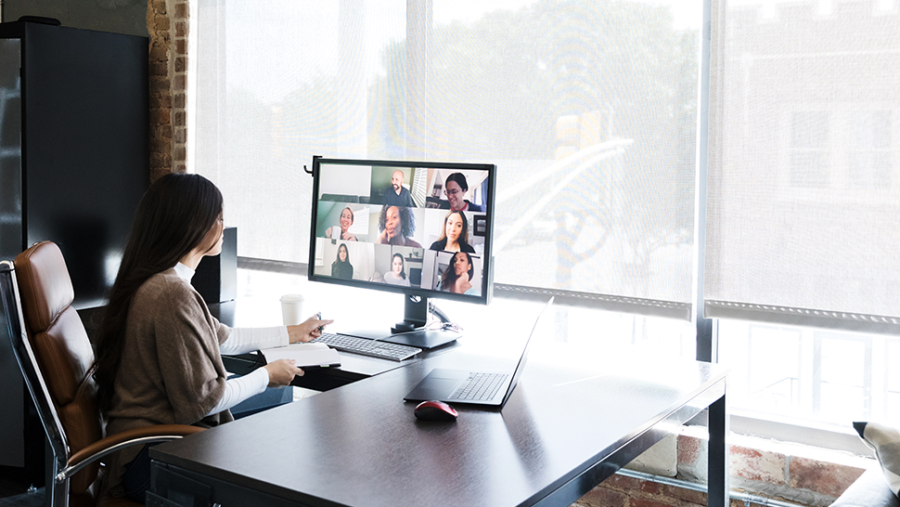

Remote working has proved to be an unexpected side effect of the global Covid-19 pandemic. It potentially carries many benefits for employers and employees, including greater agility, time and cost savings, and improved retention rates.
The early signs are that many employers will continue to embrace the concept of remote working long after we return to a semblance of normality, the tech sector being no exception. But should ‘remotely interested’ employers rush to make it a permanent arrangement and what factors do they need to take into account?
An increasing issue for all employers, but particularly those in the tech sector, is the current recruitment crisis. The tech sector is one that is considered to have a relatively young workforce more likely to expect flexibility, especially where the nature of the work and the availability of technology is more conducive to that sort of arrangement. Competitors will be keen to offer remote and flexible working as a benefit, meaning those who insist on office-based working will be in danger of limiting the pool of talent available to them for reasons that boil down to little more than geography.
That said, although remote working might be a popular bandwagon to jump onto at the moment, the decision as to whether to introduce it permanently will inevitably be employer-specific and culture driven. In the tech sector (or indeed any sector where workplace culture is of particular importance) it will be crucial to select a model that offers the right balance of flexibility and control, to safeguard productivity and promote happiness among employees. A fully remote model, though outwardly appealing, gives employees a contractual right to work from home on a permanent basis. Once in place, this cannot easily be reversed or changed. A hybrid model may seem like the best of both worlds, but without clear parameters there could be unforeseen consequences that negatively affect both business efficacy and morale.
Once a suitable model has been identified, employers are strongly advised to review their policies, procedures and employees’ contracts to make sure they are up to date and reflective of the new arrangements. Time should be allowed for consultation and all the likely implications of the new model in practice should be considered.
Issues of security will also be at the forefront of employers’ thinking, particularly given the dramatic (76%) increase in the number of cyber-attacks since the start of the pandemic. Employers should give regular advice and should make sure there are clear lines of reporting when it comes to tackling threats. The use of VPNs (virtual private networks that create an encrypted network connection) is encouraged and insurance cover should be checked to ensure it is adequate.
Another issue for employers to consider is how to guarantee the protection of intellectual property rights and confidential information. It will be insufficient for employers to rely solely on implied contractual terms, such as the mutual duty of trust and confidence that exists between employer and employee. There should instead be clear contractual provisions that make employees aware of their obligations, ideally backed up by policies on confidential information, intellectual property and cybersecurity that are current and fit-for-purpose. These might deal with seemingly trivial, but vitally important, issues such as telephone calls at home being overheard, equipment being stored safely, or a desire to be paperless.
There will also be health and safety as well as welfare implications for remote workers, which might only have been temporarily addressed during periods of remote working in times of lockdown. Employers have a duty of care towards employees that extends to making sure they have a safe environment in which to work and the right equipment available to them. Equal consideration should be given to employees’ physical and mental health: do they need equipment that is ergonomically designed? Do they feel connected to their colleagues? Is there space for informal and social interaction?
The number of people working from home has risen eightfold during the pandemic, with around 43% of people enjoying the benefits (and in some cases feeling the strain) of remote working.
Even though that figure is likely to decrease over time, it is clear that remote working will be a part of our ‘new normal’. For that reason, it is imperative that employers give proper thought to what model is right for them and their employees, and that they take the time and trouble to implement it properly and for the long-term.










